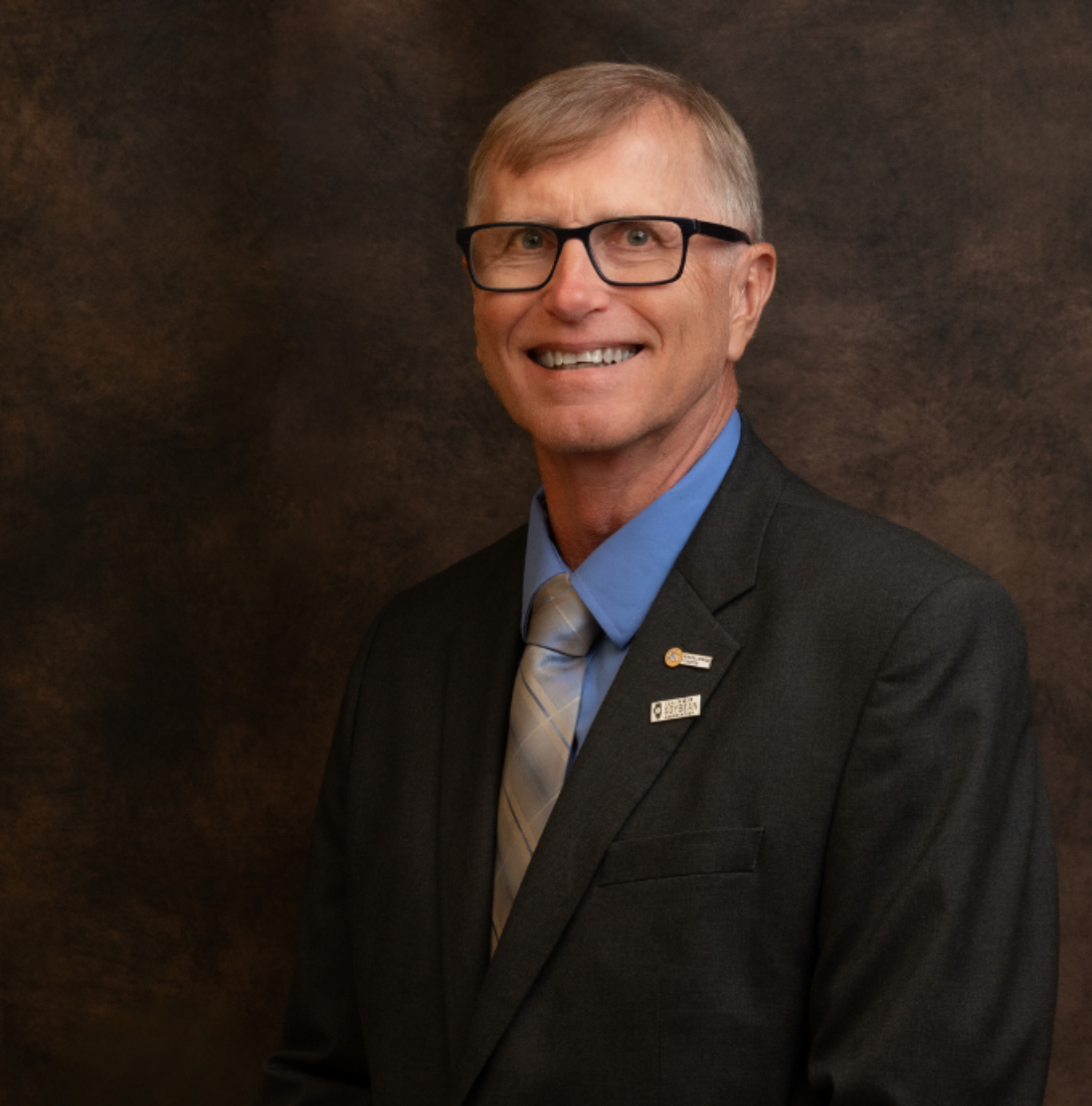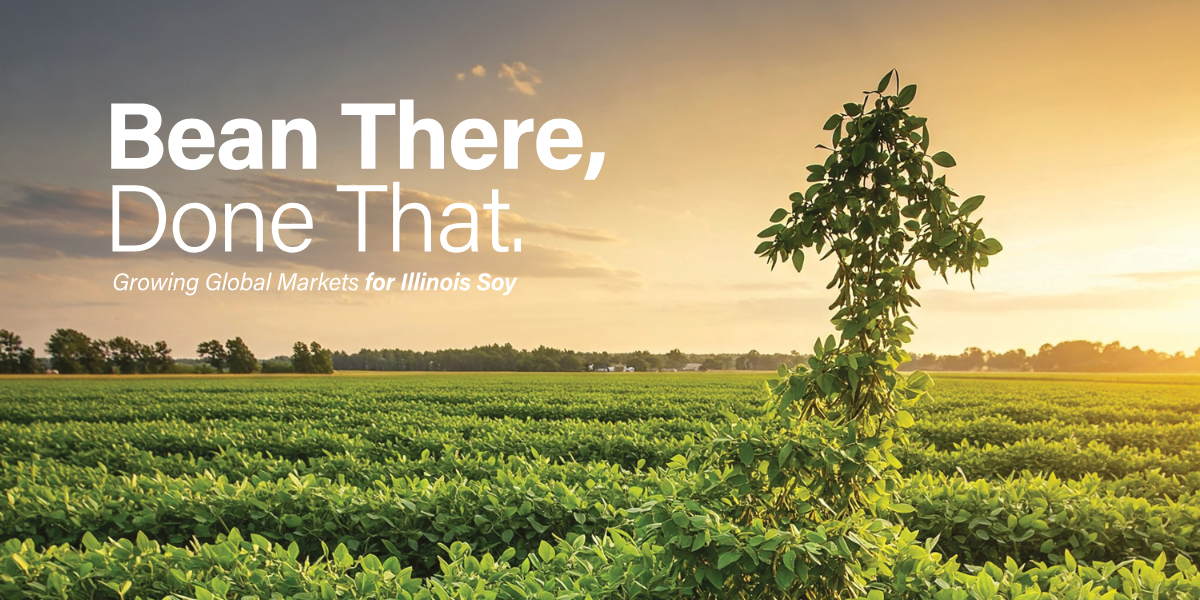Illinois exports approximately 60% of the soybeans we grow, which makes it essential that we not only protect the markets we’ve already built but also work to develop new ones. That need has only grown in recent years, as trade disruptions and tariffs have shaken some of our largest export destinations.
With many uncertainties surrounding global trade, one thing Illinois soybean farmers can count on is this: Our checkoff dollars are being put to work in smart, strategic ways.
In 2019, when President Donald Trump imposed tariffs on China, the U.S. Soybean Export Council (USSEC) recognized the need to put an emphasis on expanding and diversifying our markets. With support from the Agricultural Trade Promotion Program and government approval, the Soy Excellence Centers (SECs) were launched.
Backed by the Illinois Soybean Association (ISA) and other national and state soybean organizations, the SEC program provides early to mid-career protein professionals with training to help meet local nutrition and food security concerns while also supporting economic growth. Located in Central America, Asia, India, the Midde East and North and sub-Saharan Africa, the centers offer specialized courses in poultry, aquaculture, feed milling, swine, dairy and human food utilization.
Through these courses, USSEC stresses the added value and advantages of U.S. soybeans, such as digestibility, amino acid content, reduced heat damage and overall quality. As former Vice Chairman and current Chairman of the SEC Global Advisory Panel, I’m proud to support this effort to educate and empower the next generation of leaders across the global soy value chain.
Along with the SECs, ISA supports a number of programs sponsored by USSEC, and Illinois farmers have great representation on the board, with ISA At-Large Director Scott Gaffner serving as Secretary of the organization. Among those programs is the World Initiative for Soy in Human Health (WISHH), which is celebrating 25 years of developing trade in underdeveloped and emerging markets.
Launched in 2000 with Illinois soybean checkoff dollars, WISHH has grown into a world-class organization serving countries across Africa, Asia and Latin America — including Cambodia, Ghana, Guatemala and Kazakhstan. Even as WISHH has expanded globally, our state is still well represented with five Illinois farmers sitting on the board including myself, Jeff O’Connor, Daryl Cates, Roberta Simpson-Dolbeare and the aforementioned Scott as Secretary.
USSEC, WISHH and the SECs are all trusted partners of the United Soybean Board (USB), where half of our soy checkoff dollars go. USB invests heavily in both domestic and international programs to make sure U.S. soy stays competitive and in demand. And those investments are paying off. Over the past five years, USB has delivered $12.30 in value for every $1 invested. I don’t know about you, but I’d sure love to see that kind of return on the farm.
Even in times of uncertainty, Illinois farmers can be confident that their soy checkoff dollars are being used wisely. Whether it’s through SECs, WISHH or USSEC-led initiatives, we’re making strategic investments that ensure long-term demand for U.S. soy—supporting both global food security and our farms back home.
Recent Articles
This exclusive issue of Illinois Field & Bean Magazine covers checkoff-funded research projects and their findings, as told by the research leads themselves.
By
Meet Bean There, ISA's International Market Development blog that covers events, conferences, trade missions and farm visits to connect Illinois soy with industry representatives, key trade partners, global buyers and more.
By Emma Peters, ISA International Markets Coordinator

